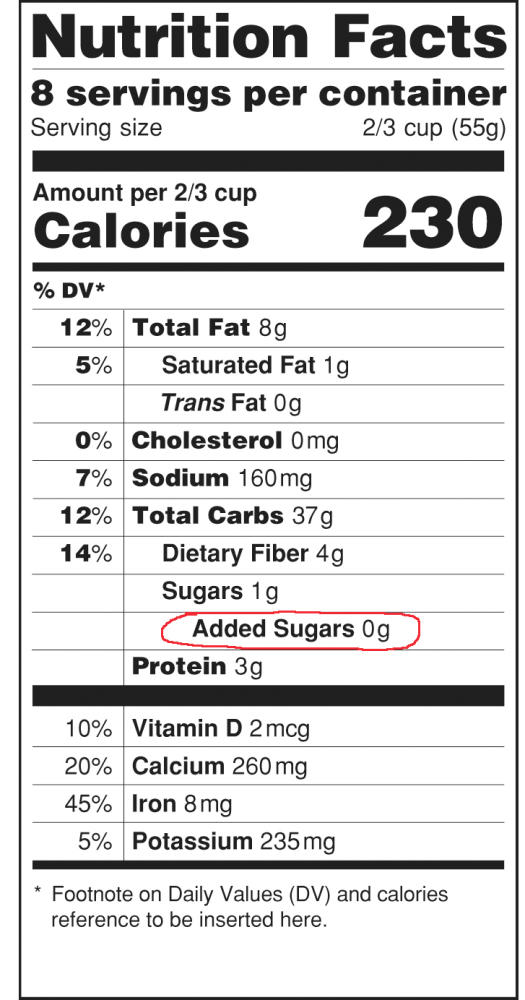Sixty-five grams of added sugar. That’s how much you’ll find in a 20-ounce bottle of Coca-Cola.
But can you picture 65 grams? It’s about 16 teaspoons worth of the sweet stuff.
The Food and Drug Administration wants to make it easier for Americans to track how much added sugars we’re getting in the foods and beverages we choose.
So, in addition to a proposed requirement to list amounts of added sugars on the Nutrition Facts panels, the FDA is now proposing that companies declare a daily percent value, too.
What this means is that, instead of just listing the 65 grams of added sugar in that Coke, soda companies would be required to list that it represents 130 percent of the recommended daily intake.
In other words, that one bottle contains more added sugar than you should be eating in an entire day.
The percent value would be based on the recommendation that added sugars should not exceed 10 percent of total calories. In a 2,000-calorie-a-day diet, that works out to a daily maximum of about 12 teaspoons.
“For the past decade, consumers have been advised to reduce their intake of added sugars, and the proposed percent daily value for added sugars on the Nutrition Facts label is intended to help consumers follow that advice,” wrote Susan Mayne, director of the FDA’s Center for Food Safety and Applied Nutrition, in a release announcing the proposal.
When sugar is added to foods and beverages to sweeten them up, it adds lots of calories without providing nutrients.
And as we’ve reported, over the last several year, evidence has been mounting that consuming too much sugar can increase the risk of Type 2 diabetes and heart disease.
The FDA proposal expands on changes recommended in 2014, when the FDA laid out a template for a new overhauled Nutrition Fact panel.
The FDA will take public comment on the new proposal for 75 days, and the agency says it “will consider comments on the original and this supplemental proposed rule before issuing a final rule.”
9(MDA3MTA1NDEyMDEyOTkyNTU3NzQ2ZGYwZg004))
